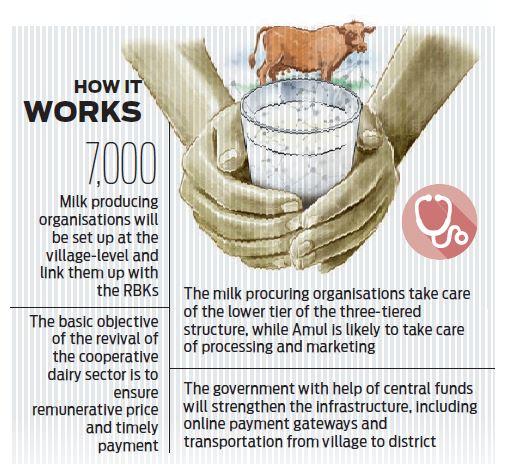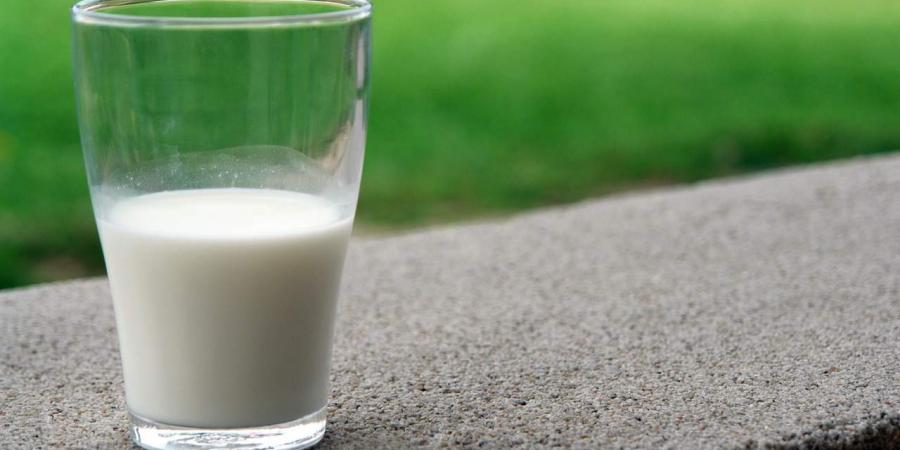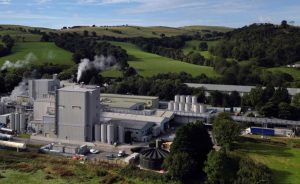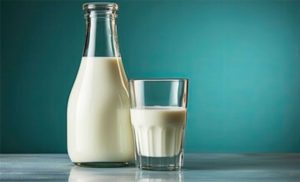Agreement with Gujarat-based dairy major Amul is an important step taken by the state government for the revival of the cooperative dairy sector and it will be implemented in a full-fledged manner once COVID-19 crisis ends in the state, according to officials.
Vijaya Dairy, the brand name that spelled success during the 1980s and ’90s, suffered setbacks following the successive governments’ encouraging private participation in the dairy sector and issues pending after the bifurcation of the state six years ago.
Division of the assets of the Andhra Pradesh Dairy Development Cooperative Federation Limited (APDDCF), listed under Schedule 9 of Andhra Pradesh State Reorganisation Act, between Andhra Pradesh and Telangana, is yet to be resolved. With assets worth Rs 700 crore locked in Telangana, the cooperative dairy sector in the State is in an ungainly position.
With lakhs of dairy farmers, most of them women, dependent on the cooperative dairy sector, YSRC chief YS Jagan Mohan Reddy, during his padayatra, promised to revive the cooperative sector — dairy and sugar.
It became part of Navarathnalu — the YSRC’s election manifesto. As soon as Jagan became Chief Minister, he ordered the officials and experts to study what ails the sector and take up corrective measures.
The state government has proposed to set up around 7,000 milk producing organisations at the village-level and link them up with Rythu Bharosa Kendras (RBKs). The government, which is set to provide Rs 11,000 crore per year to women under the YSR Cheyutha and YSR Aasara, to be launched soon, thinks that encouraging women to take up backyard dairy will help them not only augment family income, but also revive the cooperative dairy sector.
With the government all set to tide over the crisis, the dairy farmers hope for a better future. The basic objective of the revival of the sector is to ensure remunerative price and timely payment.
Speaking to TNIE, a senior official of the Animal Husbandry department, explained, “To understand how the revival works, one should know the very genesis of the cooperative dairy movement in the State, which commenced in the early ’60s”.
Cooperative milk societies were formed at village level, milk unions at district level and federation at the State-level. In the three-tier structure, milk was procured/collected by cooperative societies at village-level, transported to milk unions at district-level, where it is processed and packed and the federation at the State level takes up the marketing.
These societies were registered under Cooperative Societies Act, 1964, which meant government funding and monitoring. But all of it changed suddenly following the enactment of Mutually-Aided Cooperative Societies Act, 1995, which negated the role of the government, with a proviso that all the government assets are returned.
“Several cooperative societies and milk unions registered under the new MACS Act did not return the assets, resulting in a legal tangle. Some of them even registered themselves as companies, further complicating the issue,” he said, adding that the sector started suffering losses with encouragement of private dairies from 2000.
Bifurcation of Andhra Pradesh came as the last straw that broke the camel’s back. With most of its valuable assets stuck in Hyderabad, the APDDCF suffered losses and was not in a position to clear the farmers dues.














